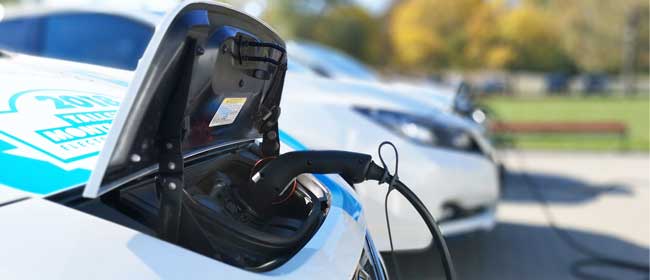October 27, 2023
Abby Nuttall
Driver Articles
As we head into winter electric vehicle (EV) drivers might be noticing their mileage range is dropping. If that’s you and you want to know why then this is an article you don’t want to miss.
Why Does Weather Affect My Electric Car?
There are a few different ways that the weather can affect your car but the most significant is the impact that the weather has on your vehicle’s mileage range.
When it’s wet or misty weather you’re going to be using more of the ancillary features like your headlights, demister and windscreen wipers. This means that there will be a little less power for the engine and you’ll likely see a small drop in the range with all of these features engaged.
Similarly, when it’s windy your car will have more resistance and just like a petrol or diesel vehicle more power will be needed to travel the same distance. This may mean if it’s a particularly windy day you lose a few miles off your range.
Cold Weather and Your EV Battery
All batteries perform better in warmer weather. This is because the cold inhibits the electrons flow in the battery and out of the battery to the rest of the car. It’s not just electric vehicles that this happens to, anything that is powered by a battery will be affected by the cold.
You might have spotted that your petrol or diesel car struggles to turn over in the winter or is more likely to go flat, this is because of the cold. Electric cars are more susceptible to cold weather because they do not have an internal combustion engine (ICE) to power the car, which produces heat as a byproduct. Instead, EVs have to dedicate power towards heating the car, including the battery.

On the flip side, the battery will find it easier to work in the warm weather so you might find your range is a little further during the summer.
Things You Can Do to Reduce the Cold Weather Impact on Your Car
There are a few that you can do to minimise the impact of cold weather on your EV and our three favourite tips are:
- Reduce your use of non-essential ancillary features like smartphone charging
- Look after your tyres as having low tyre pressure or damaged tyres can reduce your car’s efficiency and the range you’re able to achieve
- Think about the route you’re taking, a particularly hilly route will require more power but if there’s a route that is only a little further but flatter then you won’t use up as much of your overall range.
If you’d like to know more about electric vehicles then take a look at our dedicated EV driver guides.
Enjoyed this article? Read more of our latest blogs below:
- Meet the Wessex Fleet Management Team
- How Your Fleet Could Benefit From Adding Hybrids
- Pay as You Go Fleet Maintenance
- Understanding Car Sharing
Want to know more about fleet vehicles?
For all our latest news and blogs click HERE.
Or are you looking to understand the company car, fleet management or any other aspect of fleet vehicles? If so, then check out our Guide Pages.
